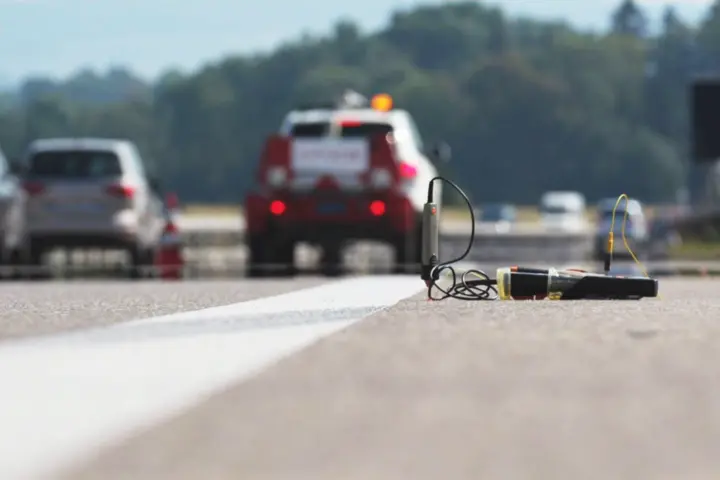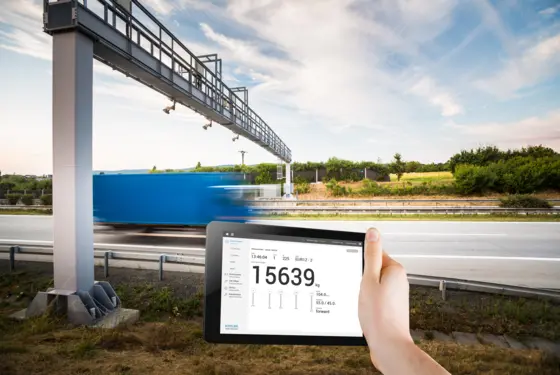The road authority of the Czech Republic and SPEL, their local system integrator, were among the first customers to use the new Structural Road Analysis (SRA) service from Kistler. SRA helps to determine the right road location and the best sensor layout for optimum Weigh In Motion (WIM) performance: these two key factors ensure that direct enforcement applications deliver the required accuracy in all circumstances.
Automatic vehicle weight enforcement systems – or Weigh In Motion for short – are gaining popularity in numerous countries around the world. They can be used for many different applications: road monitoring, bridge protection, industrial weighing and (not least) direct enforcement of overloaded vehicles. But for this last application, the technology has to meet demanding requirements: the installed WIM system must ensure a reliable basis for legal prosecutions – and in purely technical terms, its performance must comply with the relevant standards. In many countries, an accuracy of at least 95 percent GVW (gross vehicle weight) is required for direct enforcement purposes – in any circumstances and at all times, regardless of environmental influences, time since installation and further factors.
Practice in recent years has shown that the actual performance of an installed WIM system is significantly dependent on road quality. That is why Kistler is now offering its customers a new service to ensure that their WIM solutions deliver maximum performance. Its name: Structural Road Analysis (SRA). Three levels of service are available:
- SRA Standard: site evaluation based on customer documentation (e.g. drawings, maps, etc.)
- SRA Plus: site evaluation and analysis based on IRI data (International Roughness Index)
- SRA Full: site evaluation and analysis based on IRI and FWD data (Falling Weight Deflectometer)








![Locating the ideal Weigh In Motion site [object Object]](https://kistler.cdn.celum.cloud/SAPCommerce_Document_Preview/961-554e.webp)